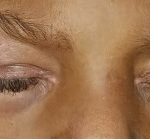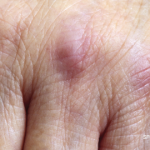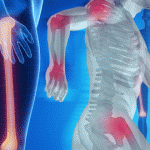Albayda et al. describes a North American cohort of patients with dermatomyositis, reporting that small ubiquitin-like modifier activating enzyme (SAE) autoantibodies are clearly associated with this clinical disease. Patients with this clinical phenotype most commonly present with a rash first, followed by muscle involvement.








